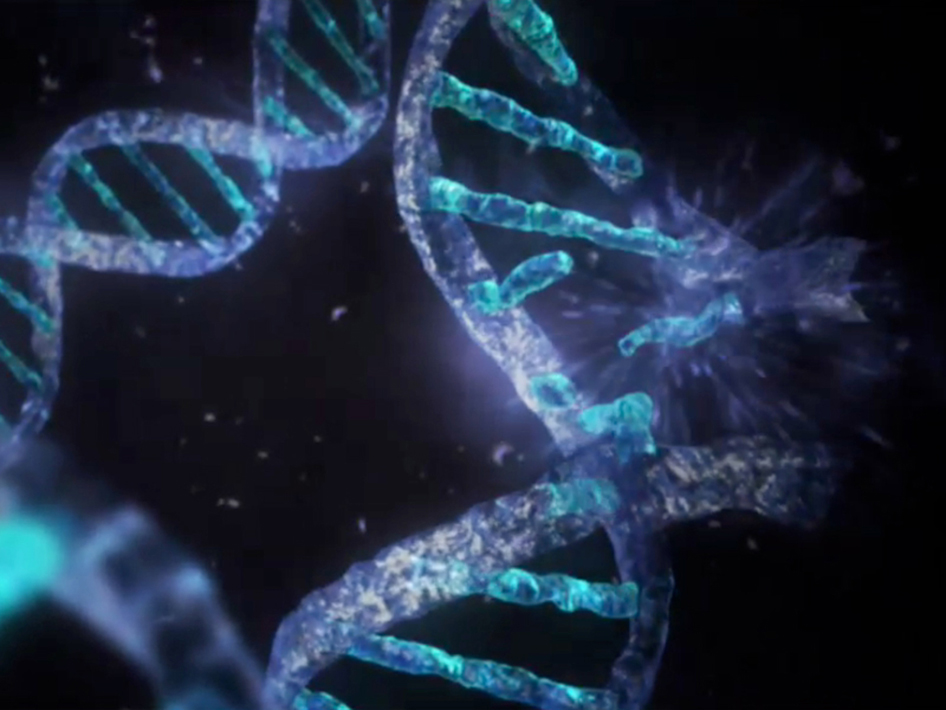
Silicate super-earths are rocky planets with masses up to ~10 that of the Earth. They are of astrobiological interest because they are relatively easy to detect around other stars. Tectonics enhances habitability on the Earth by exhuming biologically important elements. Plate tectonics are too poorly understood on the Earth to tell whether this process should occur on larger planets. Still the Gauss’ law relationship that surface heat flow scales with surface gravity provides some insight and yields that the geotherm expressed in terms of pressure is to the first order invariant to planetary size. For subduction to occur, the mega-thrust fault needs to slip in friction, the lithosphere within the slab needs to bend with strains of ~1, and the slab needs to sink. It is not evident which process limits the rate of subduction of the Earth. Specifically, it is is not well understood why major faults fail at much lower shear tractions than would be expected for frictional sliding at near lithostatic pressure. It not evident whether the lithosphere through isostasy or the deep slab provides the negative buoyancy that drives surface plates. Plausible assumptions yield contradictory simple results. For example, the globally averaged heat flow scales with surface gravity when bending of the lithosphere under a yield stress (that does not depend on lithostatic pressure) regulates subduction. Plate tectonics are then a viable heat loss mechanism. If friction limits flow driven by the lithospheric isostasy, the heat flow is independent of surface gravity. Plate tectonics are then a phenomenon of earthlike planets. Volcanism, which maintains geochemical cycles, in analogy with Io is then a candidate heat-loss mechanism. The asthenosphere of a stagnant-lid super-earth is hot enough for less vigorous volcanism to maintain geochemical cycles. Other processes relevant to habitability, such as the energy per mass of impacting asteroids and the loss of gas to space, scale with gravitational potential (the radius times surface gravity). A planet with a ~1 bar H2 atmosphere is then conceivable. Life would operate in a highly reduced environment with CO2 a trace gas. Light harvesting biota might make organic matter from methane and water or make and store various oxidants.
 A Talk With Jim Green
A Talk With Jim Green What Can Extant Genomes Reveal About Early DNA Metabolism?
What Can Extant Genomes Reveal About Early DNA Metabolism? What We Talk About When We Talk About Earth's Oxygenation
What We Talk About When We Talk About Earth's Oxygenation Bowling With Astrobiologists: A Twisted Path Toward the Origin of DNA
Bowling With Astrobiologists: A Twisted Path Toward the Origin of DNA